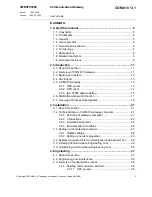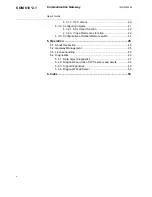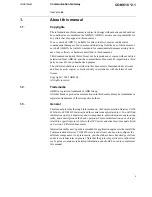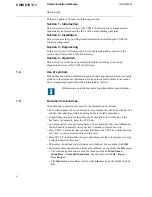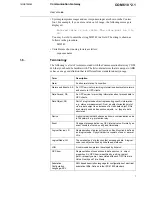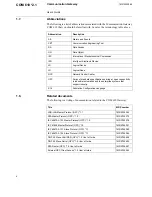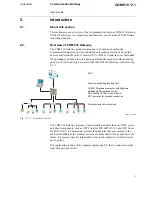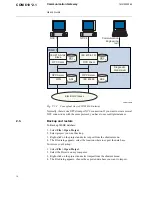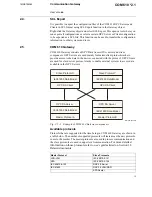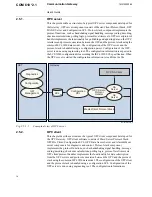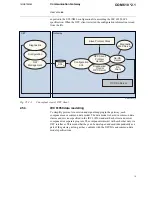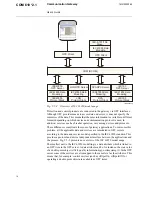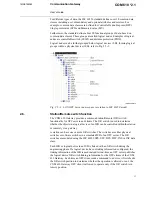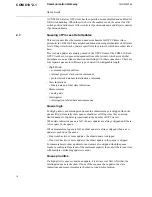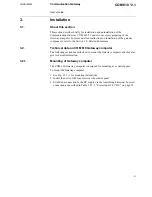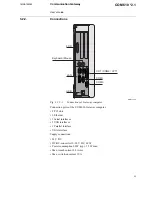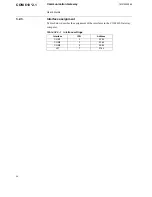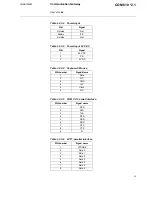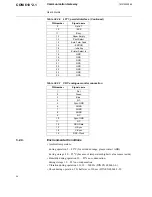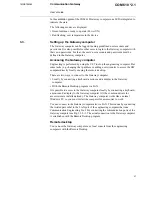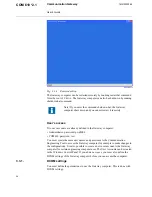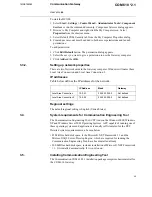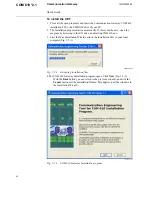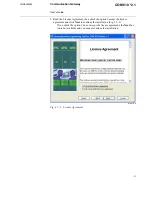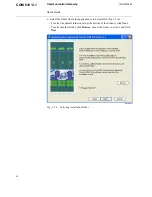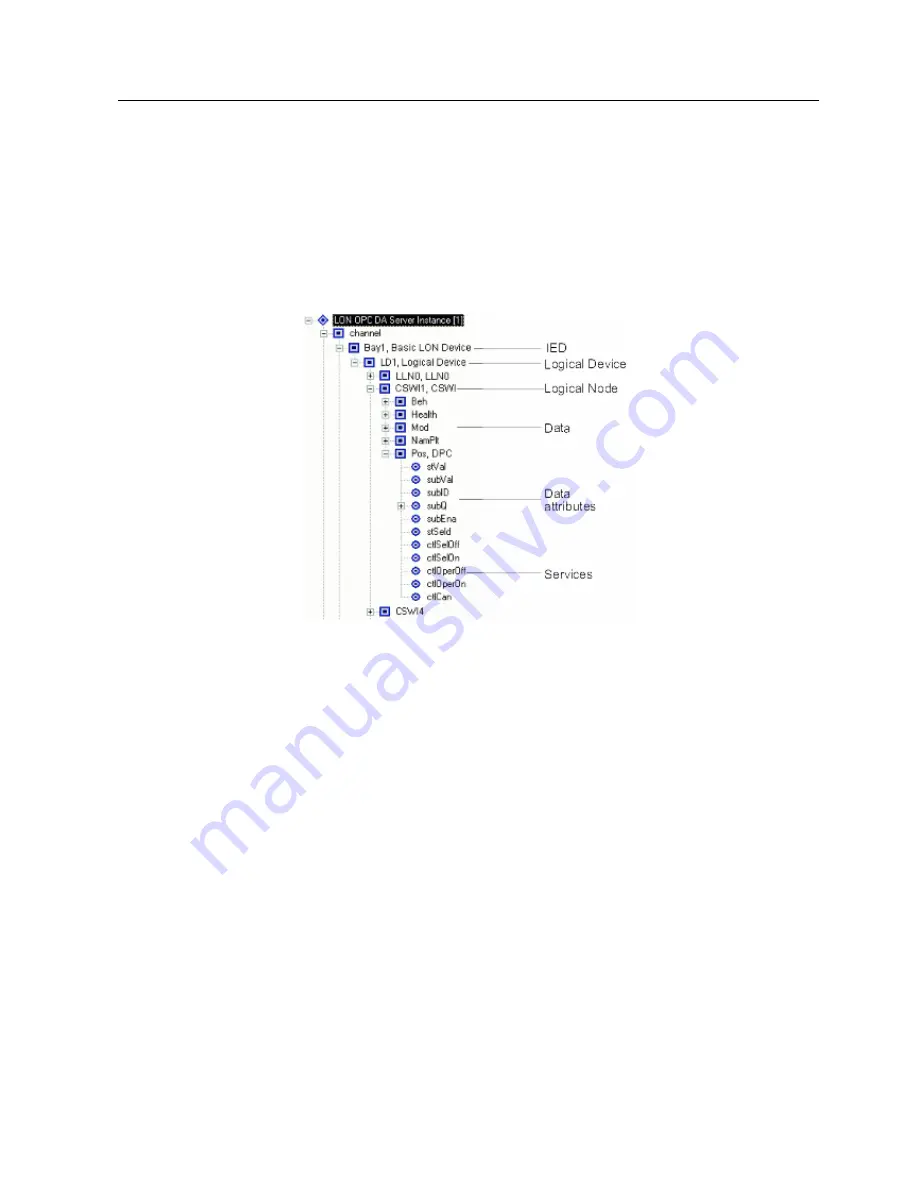
1MRS755385
COM 610 *2.1
17
Communication Gateway
User’s Guide
For different types of data, the IEC 61850 standard defines over 30 common data
classes including a set of mandatory and optional attributes and services. For
example, common data classes are defined for Controllable double point (DPC),
Single point status (SPS) and Measured value (MV).
Furthermore, the standard defines about 90 functional groups of data, based on
common data classes. These groups are called logical nodes. Examples of logical
nodes are controllable switch (CSWI) and distance protection (PDIS).
Logical nodes can be further grouped below logical devices (LD), forming logical
groups within a physical device (IED), refer to Fig. 2.5.-3.
LONNameSpace
Fig. 2.5.-3 LON OPC Server name space in relation to IEC 61850 model
2.6.
Station/Remote switch function
The COM 610 Gateway provides a common Station/Remote (S/R) switch
functionality for OPC servers and clients. The S/R switch is used to determine
whether the objects in a logical device of an IED can be controlled within the station
or remotely via a gateway.
A station can have one or more S/R switches. The switches are either physical
switches or software switches in a simulated IED of an OPC server. The S/R
switches are modeled using the IEC 61850 SPS, SPC, DPS, DPC, INS or INC data
class.
Each IED or logical device in an IED is linked with an S/R switch during the
engineering phase. If a logical device has no linking information configured, the
linking information of the IED is used instead. At run-time, an OPC server publishes
the logical device S/R switch linking information for the OPC clients of the COM
610 Gateway. Each time an OPC client sends a command to a device, it first checks
the S/R switch position to determine whether the operation is allowed or not: the
COM 610 Gateway OPC client is allowed to operate only if the S/R switch is in
remote position.

